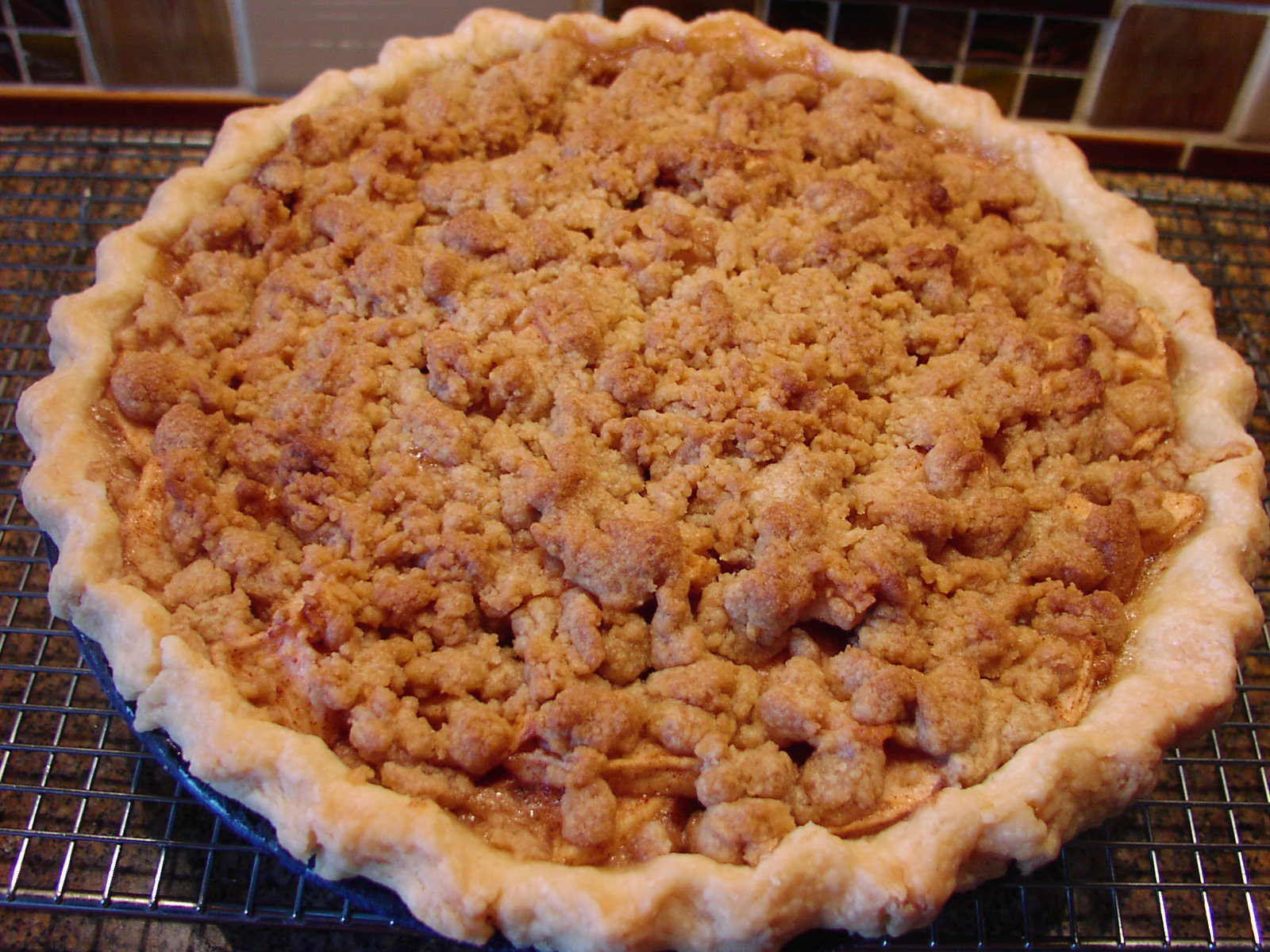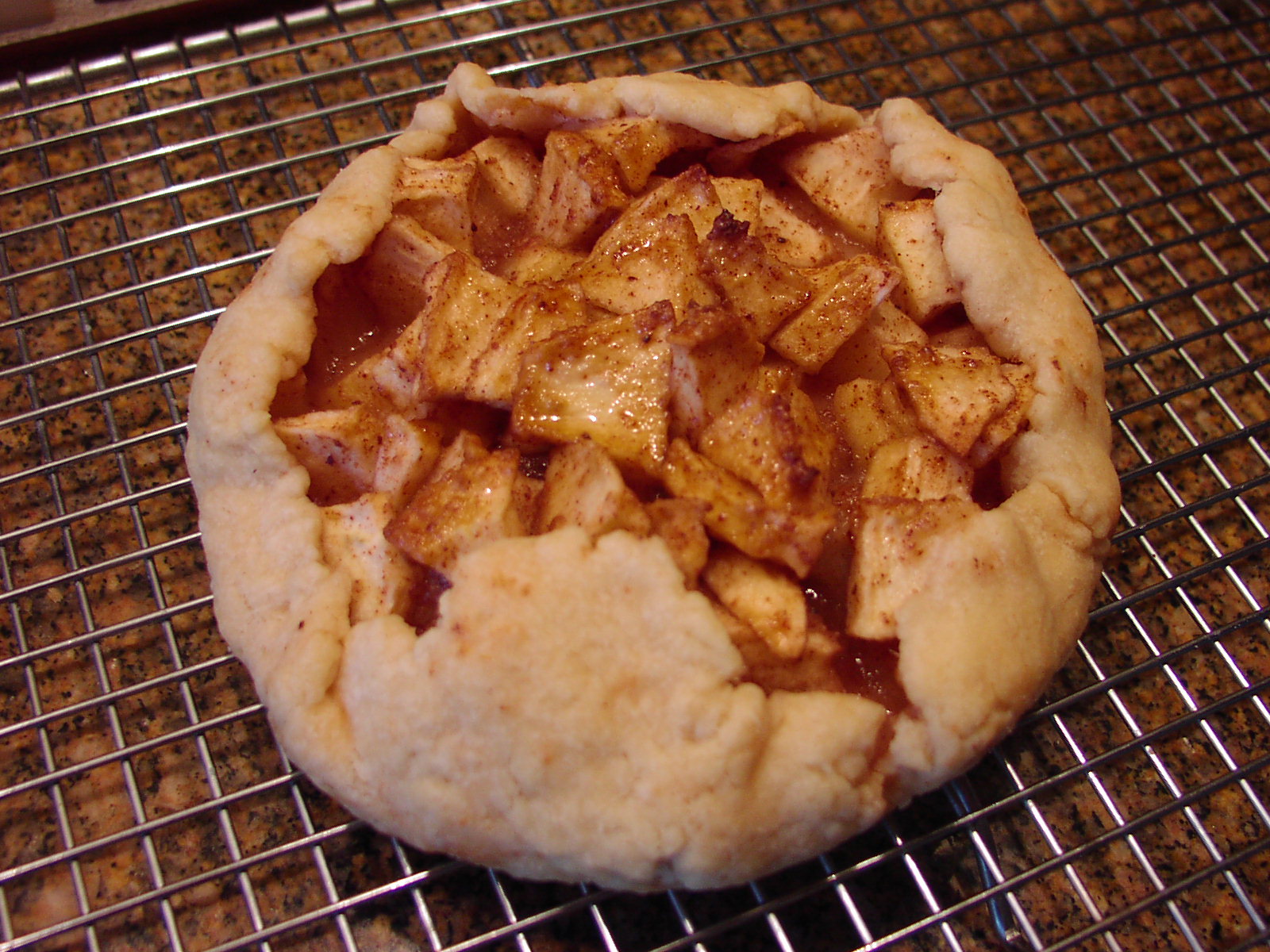I learned to make this pie crust when I was 21 years old. My neighbor in student housing was the local home economics teacher. (Her husband was a graduate student, that’s why they too could live in student housing.) Anyway, I was so in the very early stages of learning to cook. I had a Betty Crocker cookbook and a Better Homes and Gardens cookbook, and I absolutely poured over them every evening.
So one day I was complaining to my friend that I really wanted to learn how to bake pies, but that they looked like they would be way over my head too hard. She said pshaw or words to that effect and dragged me into her kitchen. She gave me a one-on-one lesson on how to make the perfect pie crust and I have never looked back.
Now the last thing I want to do is try and convince you to try this recipe if you already have a great pie crust recipe. Good pie crust is tricky business. I swear 2 people making the same recipe can come up with dramatically different results. My pie crust recipe might turn out like cardboard for you and drive you to start drinking. And vice versa, I might try your recipe, find that it does not work for me at all, and end up giving up drinking! I just can’t take that chance.
But, if by some slim chance you don’t have a good pie crust recipe, I would like to offer up this proven winner. The ingredients are much the same as any other pie crust. It’s the way they are assembled that makes this recipe so different. My dear mentor, and for the life of me I can’t remember her name, explained that what makes pie crust tough is adding the water straight in with the shortening. She said that adding a little of the flour to the water first, prevented that problem. And I have to tell you, that in the 48 years I have been making pies, (48 years!?!?) I haven’t had to throw out even one pie. I’ve felt like throwing a few in my day, but never because the pie tasted awful!
- ¼ c. very cold water
- 2 c. flour
- 1 tsp. salt
- heaping 2/3 c. Crisco
Step 1 – Pour cold water into a small bowl. Step 2 – Measure flour and salt into a mixing bowl. Step 3 – Take 1/3 cup of the flour back out of the mixing bowl and stir it into the water. Make a paste. Set aside. Step 4 – Add the Crisco (heaping 2/3 cup) to the flour and salt mixture. Mix together. (I use my KitchenAid mixer.) Step 5 – Add the water/flour paste to the flour/shortening bowl and mix just until blended. Do not over-mix. Roll out dough and place in pie plate. This recipe makes enough dough for a double crust pie, if using a regular sized pie plate, or one large bottom crust with a little left over for pastry cookies or small tart like the one shown below.
Helpful hint: Use a pastry cloth to roll out your pie crust. It really makes a difference. You can find pastry cloths in almost any kitchen wares shop. Well worth the $10 or so.


